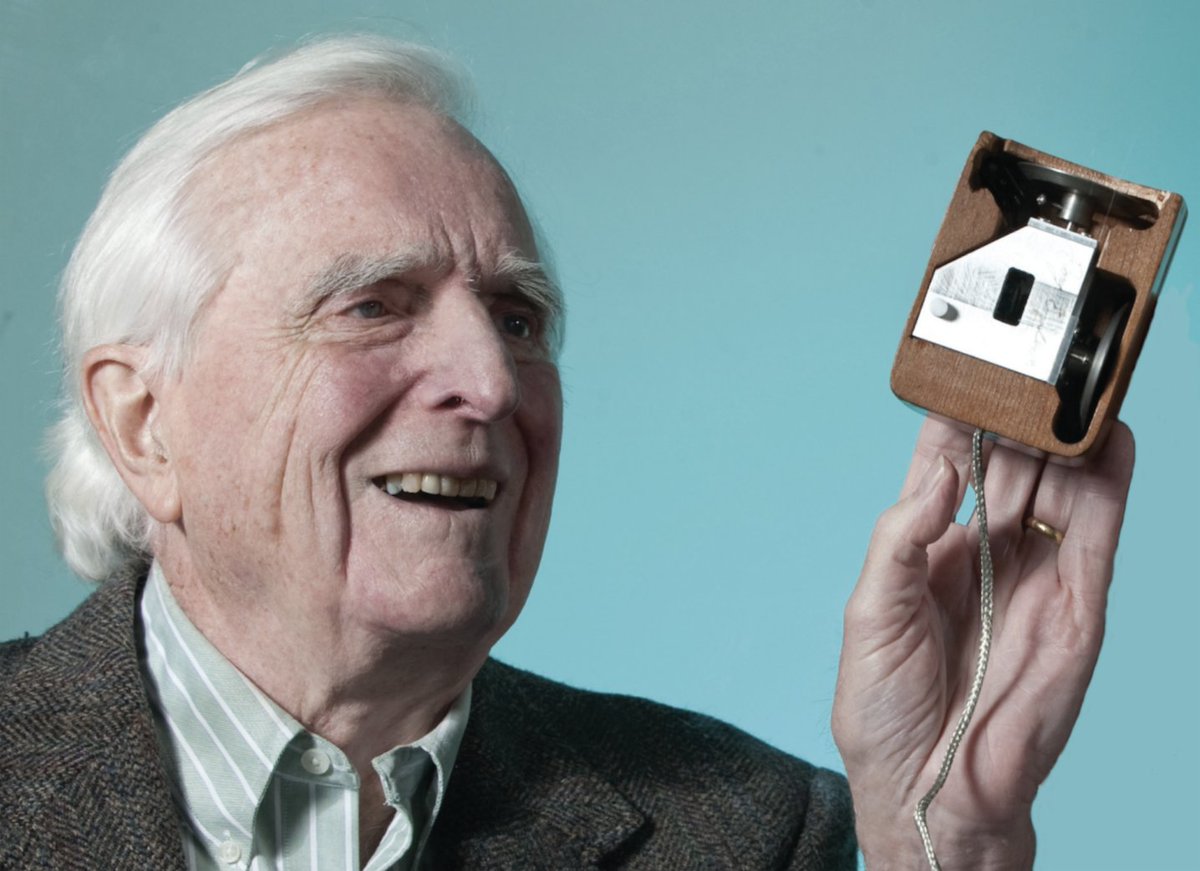Born in Portland, Oregon in 1925, Douglas Engelbart is the man to thank for some really great inventions. He was an American inventor whose great work started in the 50s, and one of his inventions was the computer mouse.
When he started, computers were still in their infancy, and they were room-sized machines that could be used by one person at a time. You would be required to feed them with information in stacks and then punch in cards and wait for a few hours for them to printout the answers.
The concept of interactive computing was the stuff of the future in his time. Read on to learn more about Douglas Engelbart and discover how he changed technology.

How Did He Change Technology?
He was only 25 years old and engaged to be married, and he started thinking about the future of computers. He actually had an epiphany in 1950, and this would go on to change the entire world.
In his mind, he saw himself seated in front of a large computer that was filled with different symbols. This image was probably derived from his work on the consoles while in the Navy. The screen had a display of workstations that would organize all of the information and communications for a project.
He actually had a pretty good job working with the government’s aerospace laboratory in California. He experienced what would go on to be called – a complete vision of the information age.
What Happened Next?
His main dream was to use computers to connect people within a network. This would allow them to share information in real-time. He then combined this idea to form a collaborative software known as “Groupware”.
This is the experience of interpreting radar displays, and other ideas he had gleaned from the Atlantic Monthly article that had been written by Vannevar Bush, which envisioned networked computers in a graphical user interface. By then, was ready to start his inventions.
In 1955, he went on to receive a doctorate in Electrical engineering from the University of California, and stayed on to work as an assistant professor for about a year, before accepting a position at the Stanford Research Institute.
How Did His Work Start?
The Stanford Research Institute partially funded Engelbart’s own research lab in 1963, which was called the “Augmentation Research Center”. This is where he worked on his various inventions for computers, such as input devices, manipulating and displaying data.
He also invented the multiple-window displays. One of his colleagues from the Stanford Research Institute – William English – helped him perfect the various input devices that have now become very common to most people such as the light pens, the joysticks, and the trackballs.
Before his inventions, people would use laborious and error-prone keypad punching cards that were manually set with electronic switches.
These were the only ways to control computers, and the data had to have been printed before it could be viewed. His work made all the difference, and finally, ordinary people could now use computers with ease.
Tymshare Incorporated
He, however, sold his groupware system in 1977 to Tymshare Incorporated, which was a telephone company. Being the last remaining member of his laboratory, the Stanford Research Institute showed no other interest in his work, and he, therefore, joined Tymshare.
Tymshare was acquired by McDonnel Douglas Corporation where Engelbart worked in their Information Systems department. Engelbart would go on to found the Bootstrap Institute with his daughter, which is a research and consulting firm.
His Death

He had 4 children, Gerda, Christina, Diana, and Norman, with his first wife Ballard. She died in 1997, after 47 years together in marriage. He did re-marry in 2008, and his 85th birthday was held at the Tech Museum for Innovation.
Douglas Engelbart died in 2013 due to Kidney failure. According to the Doug Engelbart Institute, his death was after a long battle with Alzheimer’s disease.
Conclusion
Even though he was a great technological inventor, he only started to be recognized for his work in the last decade. We are fortunate for his inventions, as they proved to change how we understand technology today.







